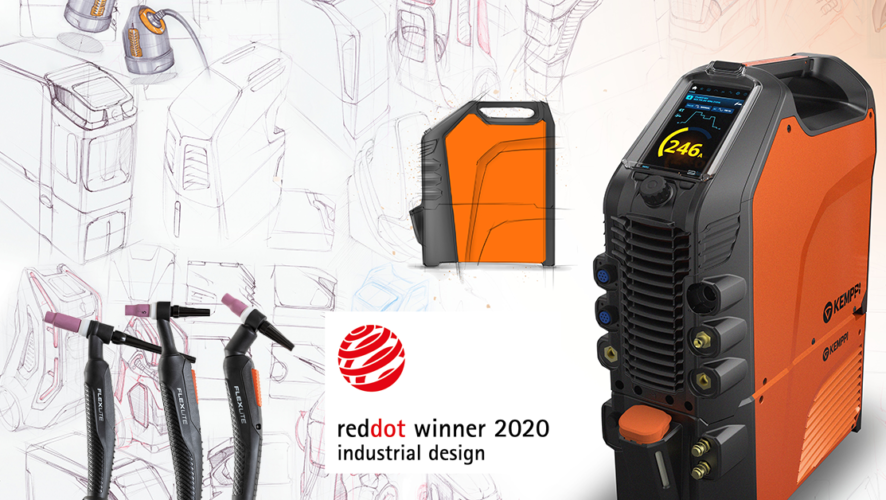In welding equipment, creating a good and innovative design goes far beneath the surface. The equipment must be practical, functional, ergonomic, safe, reliable and cost-effective – while still maintaining an aesthetic appeal. Kemppi’s designers and engineers have applied user-centered design philosophy to numerous welding machines introduced since the company’s founding over 70 years ago – and most recently in the creation of the new generation MasterTig with complementary Flexlite TX TIG welding torches.
“Don’t limit your challenges, challenge your limits” is one of the favorite mottos of Omkar More, Chief Designer at Kemppi. With a post-graduate degree in product design and rich experience in mechanical engineering and tool designing, More is always excited about solving problems and exploring new ways of doing things.
At the beginning of 2016, More started his work at Kemppi in the MasterTig project with a compact team of designers and engineers. “My role was to explore the new MasterTig line from scratch in terms of replacing the older product family to serve the user and market demands. The major focus was to solve the recent needs with a pleasing solution and set up a new design language to the upcoming products,” More describes.
Traditionally, the design of welding equipment is often focused on product-centric engineering functionalism. Kemppi, however, took a different approach. The new MasterTig was developed by building an experience around the user.
“The approach of design has changed through the years from ‘a product for the process’ to ‘a product for the user to do the process. Industrial design is very tangible, and its outcomes can be perceived with multiple senses. I believe that a good design serves its purpose,” More says.
Designed for professional welders – with the welders
During the design process, welder feedback was the greatest inspiration to come up with new solutions. Close teamwork between Kemppi’s mechanical engineers, software engineers and electricians ensured that every possible detail was taken into account in the new MasterTig.
For example, in pursuing ultimate ergonomic comfort, the Flexlite TX torches are shaped to the hand and consider both right and left-handed welders. When the portability of the welding machine was considered, the point was not only to make it smaller, compact and diverse, but even the empty space within the handle has been converted to smart storage to allow easy access to necessary welding consumables. Also, one of the MasterTig’s control panel options is a large, graphical display that features assistive technology for finding the right welding parameters in different TIG welding applications.
“We aimed for a solution which can be as interactive and user-centered as a newly launched product but also satisfy the needs of a portable TIG solution,” More explains.
During the design process, the fear of failing can sometimes hinder the process of innovation. However, the MasterTig project team celebrated its failures, as they added to the knowledge of what’s working and what’s not. Experimentation has been deeply rooted in Kemppi’s product development ever since the company’s founding, as it is the only way to learn something new.
Team effort paid off with two world-class design awards
The outcome of the project was launched to market in summer 2019 with a positive response from the welders. Adding to the project team’s success, both the MasterTig and Flexlite TX torches have now received Red Dot Awards in Product Design. The Red Dot is one of the most sought-after marks of quality for good design internationally. Under the principle of “In search of good design and innovation”, the Red Dot Awards select the best designs from more than 10,000 entries from over 50 countries and regions every year.
“As a designer, it is always so pleasing to see the satisfied user. In my opinion, we have achieved what we dreamed of. Our engineering team did an excellent job to make the MasterTig perform with a variety of parameters at the utmost results. I feel very proud to see the outcome of our hard work,” More concludes.
